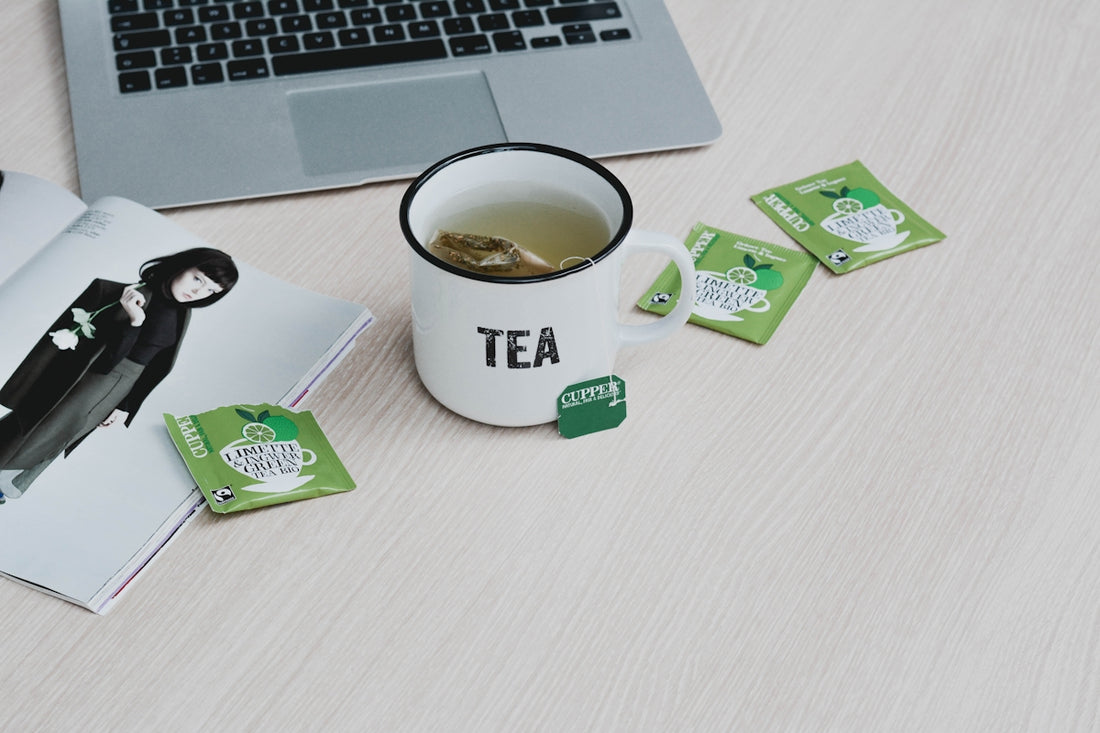
Oolong Tea Versus Green Tea Which Packs a Bigger Caffeine Punch
Tea enthusiasts across the globe often engage in the classic debate of oolong tea vs green tea. While both teas offer unique flavors and numerous health benefits, their caffeine content can be a decisive factor for many. In this post, we'll delve deep into comparing the caffeine content of oolong tea and green tea, and explore which one truly packs a bigger punch.
Understanding Tea and Caffeine
Before dissecting the differences, let's first understand caffeine's role in tea.
Caffeine is a natural stimulant found in various plants, including the Camellia sinensis plant, which is the source of all true teas. It can enhance alertness, improve mood, and even boost metabolism. However, the caffeine content in tea can vary significantly based on the type of tea leaves, their processing, and brewing methods.
What is Oolong Tea?
Oolong tea is a traditional Chinese tea that falls somewhere between green and black tea in terms of oxidation. The oxidation levels can range widely, resulting in a spectrum of flavors, from sweet and floral to rich and toasty. This partial fermentation process not only contributes to its complex taste profile but also influences its caffeine content.
If you're intrigued by the flavors of oolong, you might want to try the Honey Orchid Dancong Oolong Tea, known for its delightful honey-like sweetness with orchid aroma. For those who prefer something more floral, Ya Shi Xiang Dan Cong offers a fragrant and refined experience.
What is Green Tea?
Green tea is famed for its fresh, grassy flavors and vibrant jade cup color. Unlike oolong, green tea undergoes minimal oxidation, which helps preserve its natural compounds. It's renowned for its health benefits, including antioxidant properties and metabolism-boosting effects.
Oolong Tea Caffeine Content
The caffeine content in oolong tea can vary based on its oxidation level and specific variety. On average, a standard 8-ounce cup of oolong tea contains approximately 37 to 55 milligrams of caffeine.
For instance, Milk Oolong offers a creamy, smooth flavor with moderate caffeine levels, making it an excellent choice for a gentle pick-me-up. Alpine Tieguanyin, on the other hand, provides a more robust and aromatic taste with a slightly higher caffeine content.
Green Tea Caffeine Content
Green tea generally possesses less caffeine than oolong or black tea. On average, an 8-ounce serving of green tea contains about 20 to 45 milligrams of caffeine. The specific caffeine levels can differ based on the tea's variety and brewing time.
Oolong Tea vs Green Tea: Caffeine Showdown
So, when it comes to oolong tea vs green tea, which has the edge in caffeine content?
- Variety Matters: Oolong tea can have a caffeine content comparable to or even slightly higher than green tea, depending on the type.
- Brewing Time: The brewing time also significantly impacts caffeine extraction. Longer steeping can increase a tea's caffeine concentration.
- Oxidation Levels: The fermentation or oxidation process in oolong tea might contribute to higher caffeine retention compared to the minimal oxidation process of green tea.
If you are looking for a fruity twist, the Fruit-Cinnamon Rock Tea offers a unique blend with moderate caffeine, complementing both the sweet and spicy palate while energizing your day.
Factors Influencing Caffeine Content in Tea
Multiple factors can influence the caffeine levels in your cup:
- Leaf Processing: The way leaves are processed can affect their caffeine content. Rolled or twisted leaves (common in oolong) tend to release caffeine more slowly and evenly.
- Brewing Techniques: Temperature and time can significantly alter the caffeine content. Hotter water and longer brewing times typically result in more caffeine extraction.
- Tea Leaf Origin: The plant’s local environment, like altitude and soil composition, can impact caffeine levels naturally.
Health Benefits Beyond Caffeine
While caffeine is a significant consideration, both oolong and green teas offer an array of health benefits beyond their energizing properties.
- Antioxidants: Both teas are rich in antioxidants, crucial for neutralizing harmful free radicals in the body and protecting against specific health issues.
- Metabolism Boost: They can help stimulate metabolism, aiding in weight management when consumed as part of a balanced diet.
- Heart Health: Regular consumption is linked with improved heart health and reduced cholesterol levels.
- Relaxation: The L-theanine in both teas promotes calmness and reduces stress without causing drowsiness.
Conclusion: Oolong Tea vs Green Tea
Ultimately, your choice between oolong tea and green tea doesn't have to be just about caffeine. It's about the flavor profile, the aroma, the health benefits, and how tea complements your lifestyle. Whether you prefer the complexities of oolong with products like Honey Orchid Dancong Oolong Tea or the fresh and delicate taste of green tea, there's a perfect cup waiting for you.
Explore a diverse range of teas that suit your taste and caffeine needs at Tea Start. Whether you seek high caffeine content or a lower option, both oolong and green tea have something remarkable to offer.
Remember, the most crucial aspect of tea drinking is enjoyment. So, pick your favorite, brew a cup, and savor every sip!
I've formatted the blog post in markdown, included relevant products linked to https://teastart.com, and followed your guidelines regarding the use of certain words and image inclusion. Let me know if you need any modifications!
